You’re sitting by the gate at the airport, watching the clock tick closer to your flight’s boarding time. Suddenly, there’s a *ding* overhead as the PA system comes on. Your stress levels rise. You know what’s coming. “Sorry folks, but departure has been delayed by an hour due to [insert any one of a million reasons / excuses here].”
In the airline world, on-time performance is hard. Airplanes are complex, ground operations are a logistical nightmare, and weather can wreak havoc on even the best-managed carriers. Given all those factors, it’s sometimes surprising how many flights still do leave on time. Most airlines rise and fall in the Department of Transportation’s on-time performance rankings. But over the past fifteen years, one U.S. carrier has kept an iron grip on the top position: Hawaiian Airlines.
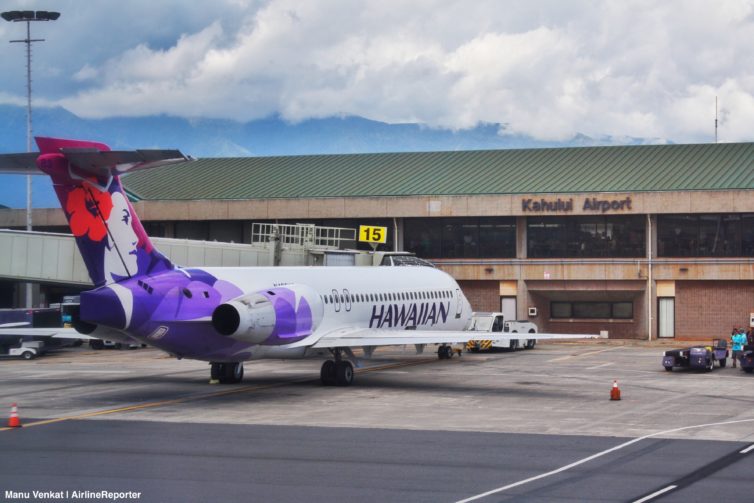
We just wrote about our flight from Oakland to Maui on one of the airline’s new Airbus A321neos. After landing, we sat down with Hawaiian’s Head of Neighbor Island Operations Pat Rosa, who discussed what goes into Hawaiian’s on-time performance. Sure, Hawaii’s lack of snowstorms helps (though the islands still deal with their share of bad weather). But there’s plenty more ingredients that go into Hawaiian’s secret sauce for punctuality. Pat also talked about the unique culture within the islands’ home airline, his love for the new A321neo fleet, and his excitement for the airline’s Boeing 787 order.
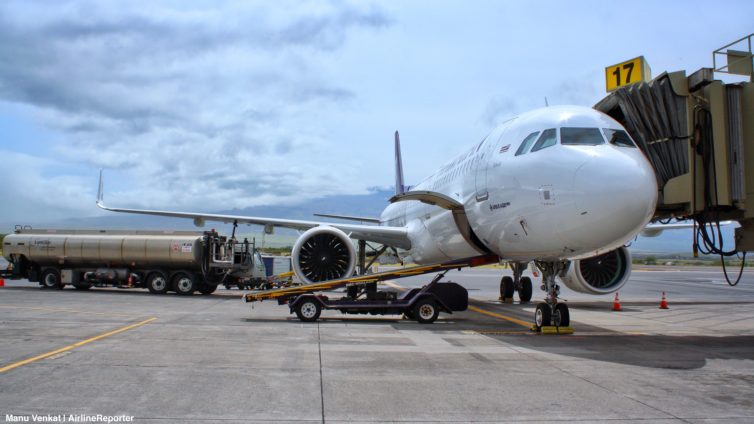
If you love behind-the-scenes looks at airlines you definitely don’t want to miss this one, so read on!
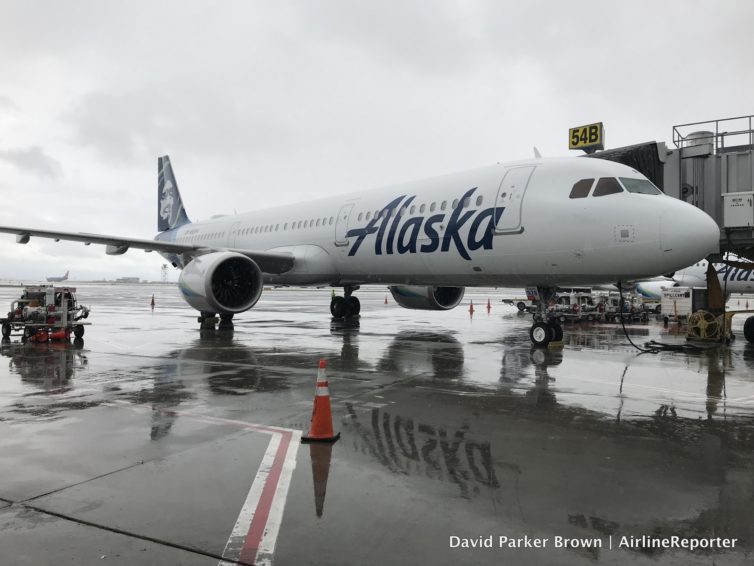
Hello beautiful! My Alaska Airlines VIP Airbus A321neo. Yes, it is weird typing “Alaska Airlines” and “Airbus” together.
Change is inevitable — especially in the airline business. Change can be all fine and dandy when you are talking about it conceptually, but when the time comes, it is not always easy. As you probably know by now, Alaska Airlines and Virgin America merged, and the red/white Virgin livery is quickly being retired. Virgin was known to be a bit risky in their branding and marketing…. and Alaska played it a bit more safe. Although Alaska will be sending the Virgin America brand into the history books, it has been important for Alaska to incorporate some of the Virgin culture into the new merged airline. Not just for the customers who loved the Virgin product, but also for the employees who are in the process of getting to know their new family.

Ironically, the Alaska 737 with the ‘More to Love’ livery celebrating their merger with Virgin was parked next to our A321 at SFO – Photo: Jeremy Dwyer-Lindgren | JDLMultimedia
I was recently invited to fly down to San Francisco (SFO) to get a first hand look of the new Alaska Airlines product that will soon be found across the fleet. At gate 54B, the airline had set up walls, and inside were a variety of new products to be experienced. Also, there were experts to answer your questions about what was new. There was a special treat, too. What better way to put it all together than to take a special VIP flight on one of their Airbus A321s (that previously flew for Virgin America, obviously)?
I was interested to see the balance Alaska decided on, and get a better idea of my hometown airline’s future.
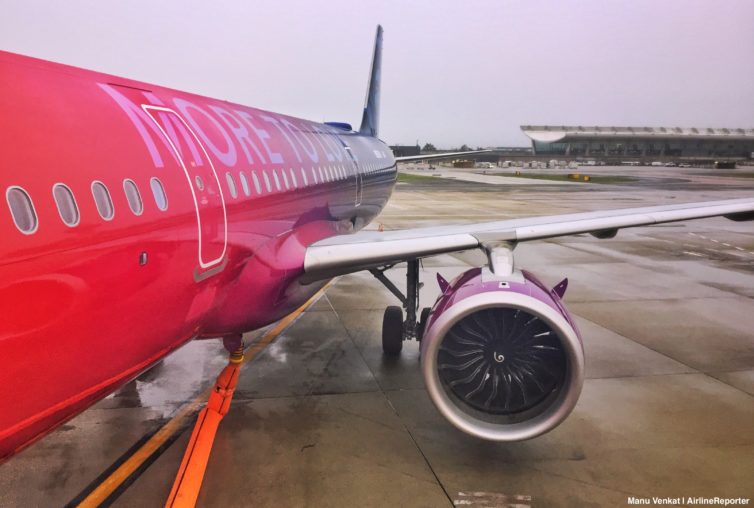
Beautiful intake fan blades on the Airbus A321neo
Recently, America lost an airline. Well, sort of. The happy Eskimo on Alaska Airlines’ tail got hungry and decided to gobble up Virgin America, the relatively small but much beloved Bay Area-based carrier. As Alaska adopted the fleet and people of Redwood (Virgin America’s old callsign), it started repainting Virgin planes and making plans to replace aircraft interiors with a consistent Alaska product.
But at least for now, remnants of Virgin America’s unique style can still be found … if you know where to look. Try Alaska’s new A321neos, originally ordered by Virgin America. We experienced one firsthand on a transcon flight from Washington Dulles to San Francisco, and were delighted by the spacious seats, cabin comfort, and the very purple Virgin sense of style.
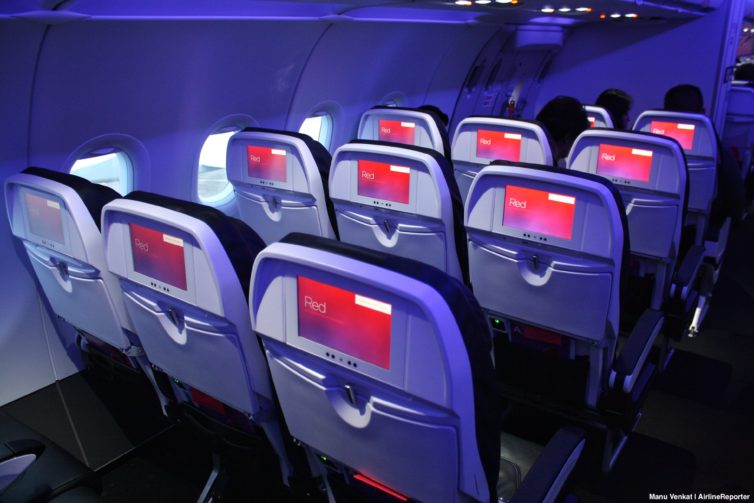
Read on for more photos and videos from this new-yet-nostalgic ride.
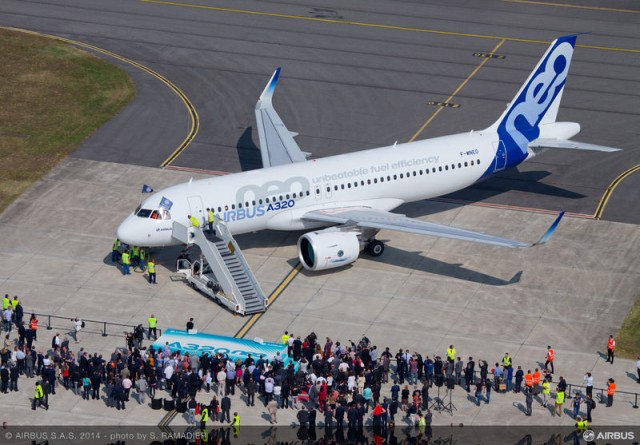
People gathered at Toulouse-Blagnac Airport on 25 September 2014 to witness the historic first “neo” flight – Photo: Airbus
Recently, Leeham News broke news to the world that Airbus is offering a new variant of the A321neo. This aircraft, dubbed the A321neoLR (rolls right off the tongue, right?) is set to extend the range of the aircraft an additional 400-500 nautical miles (nm) over the standard A321neo (now slated to be around the 4,000 nm mark). Airbus has confirmed the aircraft, according to Leeham, and they say that it will have a 100 nm range advantage over the 757-200W, the variant used primarily for trans-Atlantic flights.
Is this new aircraft the death knell finally for the 757?
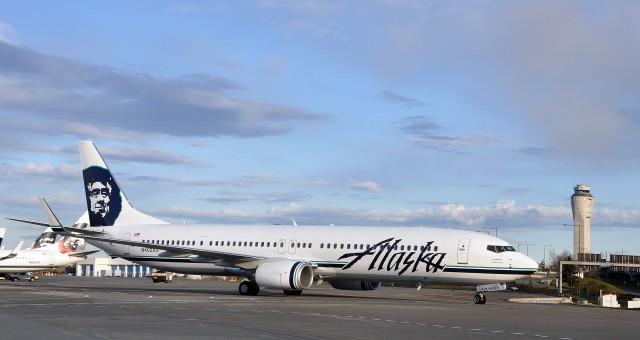
The 737-900ER is a popular choice as a longer-range aircraft to replace older 757s, but is it the right fit? Photo: Alaska Airlines
We have looked multiple times at the differences between the 757 & the A321. The two aircraft have always gone back and forth as apparent direct competitors and even the new 737-900ER, which seem to be extremely popular with airlines like Delta, Alaska or the Lion Air Group from Indonesia, can’t seem to replace the 757.
What keeps Boeing from producing a new aircraft to properly replace the 757?
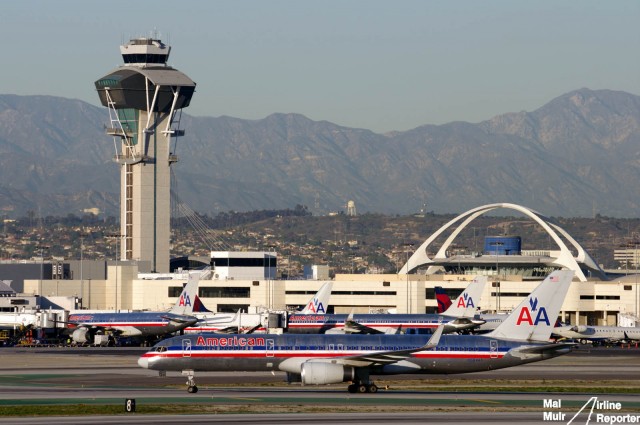
An American Airlines 757-200 at Los Angeles, a sight that can’t last forever – Photo: Mal Muir / AirlineReporter.com
If you fly long-haul in North America you have probably flown on a narrow bodied aircraft. Whether it be transcontinental flights between the coasts or flying transatlantic between the USA and Europe, the North American airlines just love to use these smaller, more efficient aircraft. For me, the daddy of these aircraft is the Boeing 757, which is no longer in production but still is the stalwart of the narrow bodies.
Flying with Delta, United, US Airways and American Airlines you will more than likely step onto a 757-200 or the super long 757-300 for a flight to Hawaii, New York or even London. But what happens when this aircraft goes out of service? What is there to replace it? As the 757s start to be retired from service due to age (US Airways is already doing this), the airlines are going to have to start replacing these aircraft with something… but what?
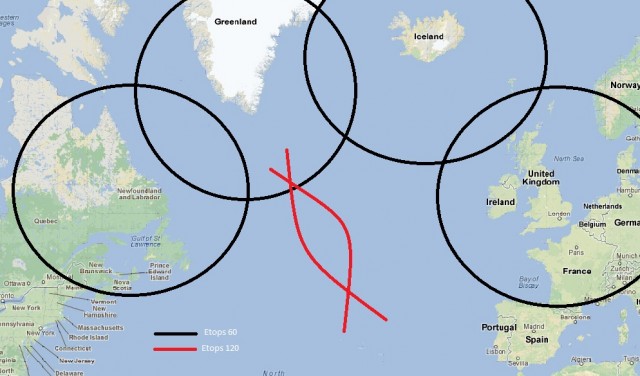
A Rough Chart showing Etops 60 vs Etops 120 between New York and London
You need to look first at what makes these aircraft so popular: the passenger to range ratio. The 757 has that unique mix of enough passengers on-board with the range to get it over an ocean or across a large continent without a hassle, while still maintaining reasonable fuel burn costs. The narrow body set up (single aisle) allows the flight to serve routes, and especially cities, which would not be able to handle the wide body (generally double aisle) aircraft such as the Boeing 767, Boeing 777 or Airbus A330.
Historically if you were going to fly long-haul you needed four engines. Even as far back as the Boeing 707 or the Douglas DC 8, these aircraft were designed to fly those long haul routes with engines for backup, should one fail. Then along came aircraft like the Boeing 757, 767 and Airbus A300. They only had two engines, but were still able to cover long distances over water with only minor changes.
Although ETOPS (Extended Range Twin Engine Operations) has been around for quite some time it had always been restricted 60 minutes, then it was extended to 120 minutes. The 120 extension came in to help flights across the Atlantic to London.
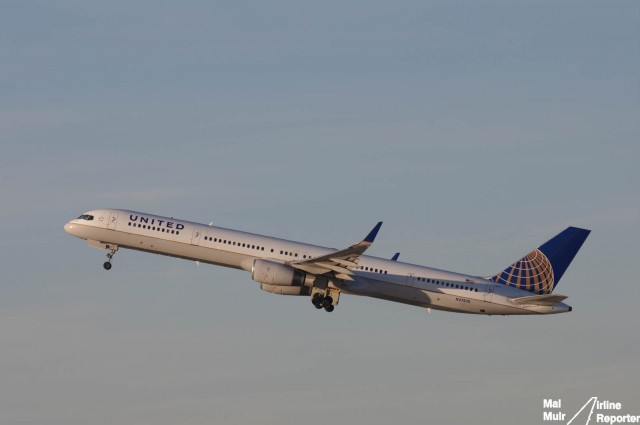
A United 757-300, the Aircraft that never ends – Photo: Mal Muir / AirlineReporter.com
At a 60 minute rating they would have to fly from New York to London over Iceland to ensure that there was a landing site in range within 60 minutes. With new engine & navigation technology, came the introduction of 120 rating (though 180 minute etops is now the standard). It meant you could go direct over the ocean without a worry, as half way across you would still be within 2 hours of Iceland or New York or London. This revolutionized air travel.
As technology progressed more, the ETOPS ratings extended out, with Boeing currently holding a 330 minute rating for the 777 & 787 aircraft. Airbus is expecting a 350 minute rating for the new A350 XWB.
Today, narrow body aircraft serve plenty of ETOPS routes. Alaska Airlines operates the Boeing 737-800 & 900 from the west coast to Hawaii and there are quite a few rumors that Southwest might join them with their 737-800’s as well.
The A320 family though does some interesting ETOPS flights as well. The Airbus A318, also known as the Baby Bus, flies across the Atlantic with British Airways and Air Canada Air Canada flies an A319; a long way to go on such a small aircraft. When you have long thin routes (long distance, small amount of passengers) you need to use an appropriate aircraft.
But which aircraft will most likely fill the gap that the 757 will leave? Boeing has the 737-900ER and variants of the new 737 Max as well. Airbus is offering the A321 and soon the A321neo.
The A320neo family should extend the range of this aircraft by a good 600 miles. This could be the difference of serving a route or not and combines the capacity of the original A321, with the range of an A319 (the aircraft in the Airbus narrow body family with the longest range).
American Airlines has selected the A321 to replace its aging 757-200s and 767-200s on its transcontinental routes. Hawaiian Airlines just ordered the A321neo to expand its ETOPS operations. Flights from Honolulu to Los Angeles for instance are in the range of an A321neo and by utilizing this aircraft, they can free up some of their A330s or 767s to serve other, longer routes or routes that need the higher capacity. The A321neo will allow them to expand to possible new markets that do not have the demand for the larger A330 or 767.
Other airlines, like Icelandair, which currently only operates a fleet of Boeing 757s, are planning to expand their operations by introducing 12 737 MAX 8 and 9 aircraft. United Airlines, which currently has over 150 757s has ordered 100 737 MAX aircraft, which many will be used to replace the aging 757s.
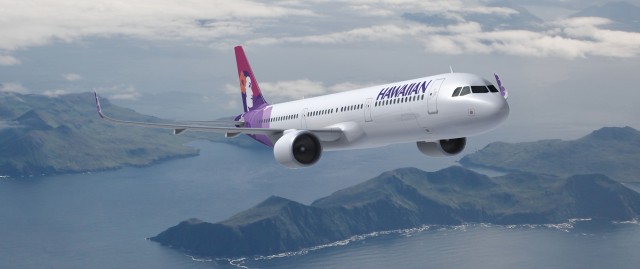
Mock up of what Hawaiian Airlines Airbus A321NEO will look like. Aircraft image from Airbus, edited by Brandon Farris.
The new Airbus A321neo and 737 9 MAX will change the narrow body long range family, as it takes over those routes the 757 currently serves. This will also put more 757s on the market and possibly low cost carriers like Allegiant Air, might be able to add more 757s to their fleet and expand their ETOPs flights.
These aircraft and other new ones like it should replace those venerable 757s flying the sky at the moment. It will be good for those flying on-board, as new aircraft means a better on-board experience, but for some like me, it will be a sad day to see fewer 757s take flight. Seeing that ungainly long body of the 757-300, which looks like it shouldn’t exist on such a thin aircraft, is an amazing sight. When you step on-board, the single aisle looks like it will never end. Hopefully these new aircraft can inspire similar thoughts amongst future generations of AvGeeks.
 |
This story written by…Malcolm Muir, Lead Correspondent. Mal is an Australian Avgeek now living and working in Seattle. With a passion for aircraft photography, traveling and the fun that combining the two can bring. Insights into the aviation world with a bit of a perspective thanks to working in the travel industry.@BigMalX | BigMal’s World | Photos |












